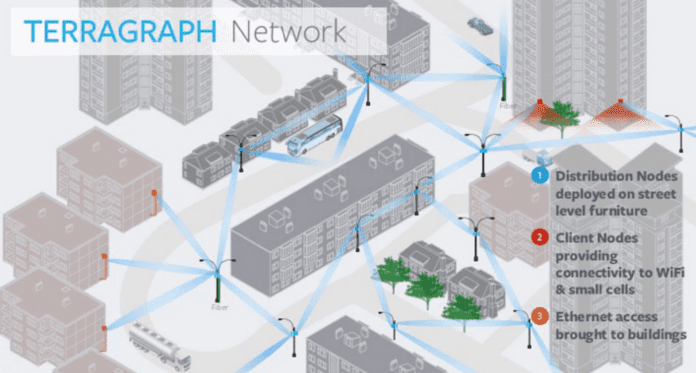The carrier said it already operates 1.6 million IoT connections in New Zealand
Vodafone New Zealand has launched its NB-IoT and LTE-M networks in the country, which will allow users to have access to a new range of IoT applications, the carrier said in a statement. The telco said that both technologies are being deployed on Vodafone’s existing 4G network infrastructure.
“This is a world-first combined launch of NB-IoT and LTE-M IoT networks at the same time within the Vodafone Group. With over 1.6 million cellular IoT connections, Vodafone New Zealand has already cemented itself as the largest provider of IoT in New Zealand, and these technologies are expected to drive the next wave of IoT innovation here in New Zealand and overseas,” Vodafone Technology Director, Tony Baird said.
Vodafone IoT country manager, Scott Pollard highlighted that both technologies will enable connectivity for a wide range of devices using licensed spectrum in a secure way. “NB-IoT delivers signal strength that can penetrate through concrete, underwater, underground and deep into infrastructure. It is set to shape the connected farm of the future with applications like remote monitoring for stock feeding, electric fencing and water tank levels,” Pollard said.
“LTE-M offers strong battery life and fast throughput of data to enable real-time applications like vehicle tracking, asset monitoring and logistics, with future support for voice calls. Kiwi entrepreneurs and developers have been anticipating the arrival of these technologies and are responding with enthusiasm to the launch. We have some pilot projects already underway,” he added.
In September, rival operator Spark had switched on its second internet of things (IoT) network in New Zealand, which brings LTE Cat-M1 to the carrier’s 4G mobile network.
Spark said that the new IoT network is already live in major centres. The network will be rolled out across the rest of the country before February 2019, the telco said.
Alongside the new LTE Cat-M1 capabilities, Spark also operates an IoT network powered by LoRaWAN technology, which currently provides coverage to over 120 sites across New Zealand.
LTE Cat-M1 uses Spark’s licensed spectrum (700 and 1800 MHz bands), while LoRaWAN utilizes shared, unlicensed spectrum. Cat-M1 operates on Spark’s existing mobile infrastructure, while the LoRaWAN network operates on separate gateways deployed on Spark cell towers and third-party sites that Spark is deploying across New Zealand.
The rollout of Spark’s new IoT network will connect a wide variety of new and existing IoT solutions and services including wearables, smart appliances, electricity, gas and water meters, asset monitoring and industrial automation, the telco said.
Spark also said that the new network will be a key enabler to the progressive rollout of smart metering by Swiss company Landis+Gyr, a provider of smart metering and smart grid solutions.

